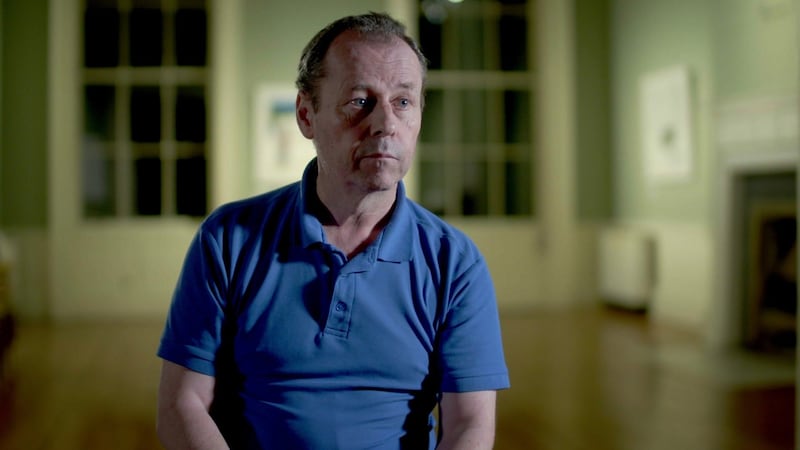A “large cache” of documents relating to the Troubles was hidden from legacy investigations, it has been claimed in a new TV programme.
The final episode of Spotlight on the Troubles will broadcast an interview with John Stevens, a former head of Metropolitan Police in London, during which he describes how he became aware of some undisclosed documents after conducting three inquiries into allegations of security force collusion with loyalist paramilitaries.
Mr Stevens said his team held “something like a million documents — tons and tons of paper”.
"But there was a large cache of intelligence and documentation elsewhere in Derbyshire which we had never seen. No one has ever told us about it," he tells the BBC Northern Ireland programme, which will be broadcast on Tuesday.
“That may well take this story further. And if it does, it needs to be exposed.”
One of the most high-profile murders that Stevens examined was the 1989 killing of solicitor Pat Finucane.
Mr Stevens’s report found members of the security forces in the North colluded with loyalists over a number of murders including that of Mr Finucane.
The Finucane family has made repeated calls for a full, independent, public inquiry into the killing.
Spotlight reporter Darragh MacIntyre will say he found further material in the vaults of MI5 and other secret agencies that was not available to hundreds of investigations into incidents that happened during the Troubles.
Final days of IRA
The final programme in the series will also explore the final days of the Provisional IRA, including a battle for hearts and minds that led to the creation of the dissident group the Real IRA.
The Real IRA were responsible for the Omagh bomb, which killed 29 people in August 1998, just a few months after the signing of the Belfast Agreement.
Former taoiseach Bertie Ahern told Spotlight that Gerry Adams and Martin McGuinness were racing dissidents around Ireland to persuade IRA members to support the peace process.
He says the dissidents were “worrying us because they were working very hard and they were having success”.
“They were a serious threat to the Martin and Gerry project at that stage. Credit has to be given to Martin and Gerry for keeping that on board,” he told the programme.

Dubliner Matt Treacy has claimed he continued to recruit new members of the IRA until the IRA's Dublin Brigade was called to a meeting.
“The person who was sent down was a prominent member — had been a prominent member of the IRA. He was on the Army Council as far as I know. (He) stated ‘that’s it lads, it’s over. It’s finished. The IRA has been stood down’,” he tells the programme.
“If you want to be involved in politics, join Sinn Féin. That’s it. People were nearly crying and they were — ‘what are we supposed to do?’
“He said: ‘I just told you what to do — join Sinn Féin, get involved in your union, get involved in real politics. It’s over, it’s finished. There is no more IRA.’”– PA












